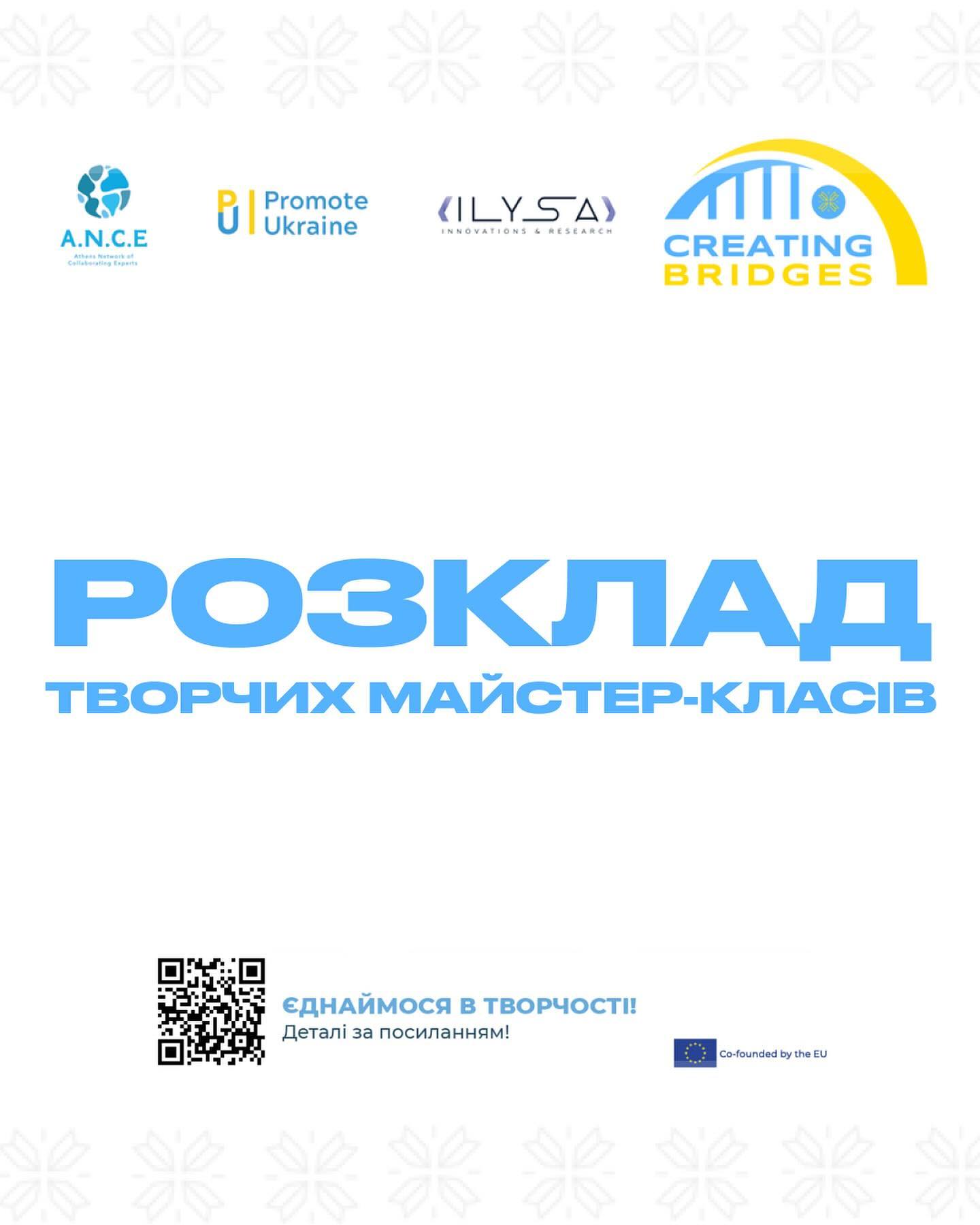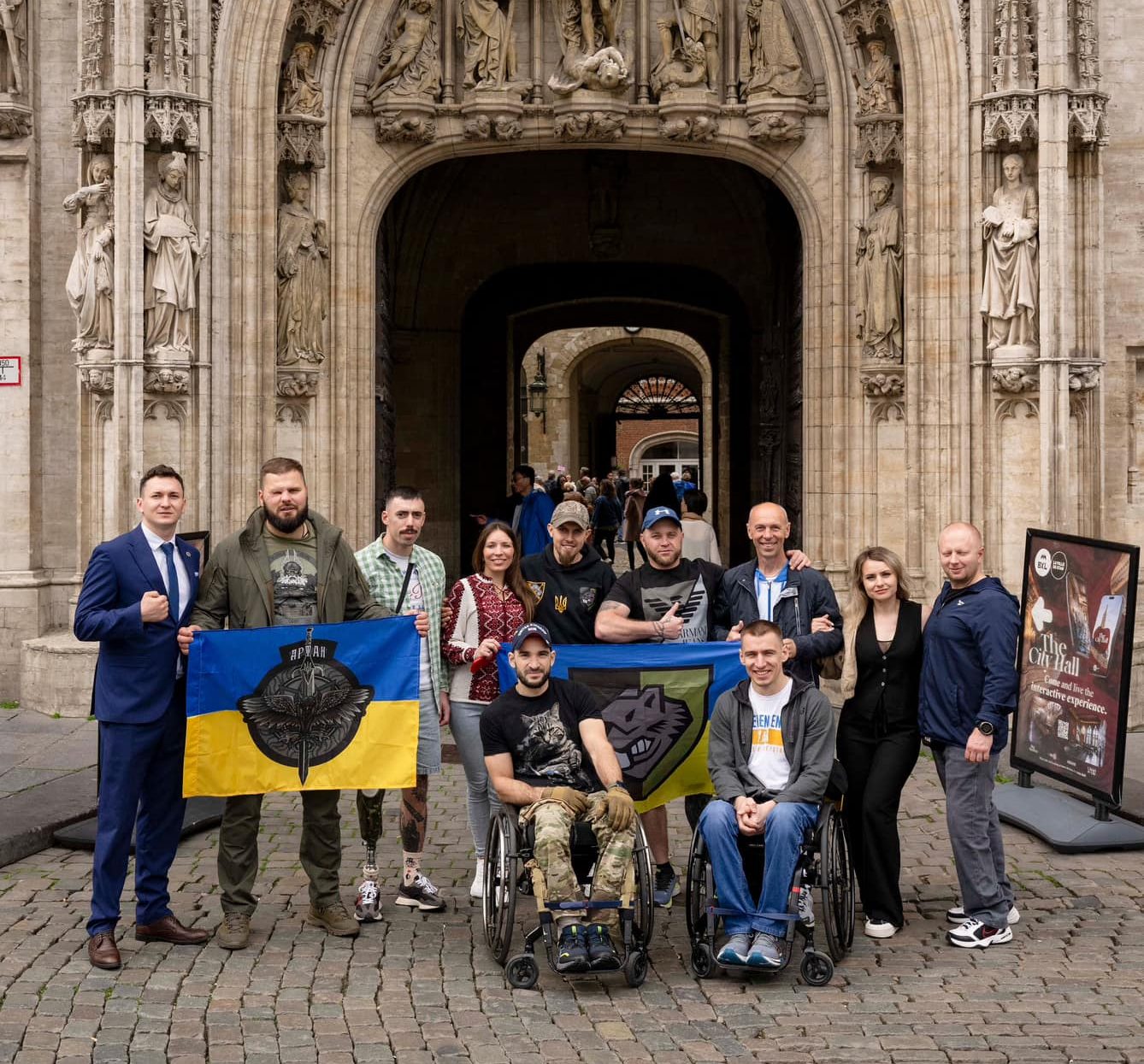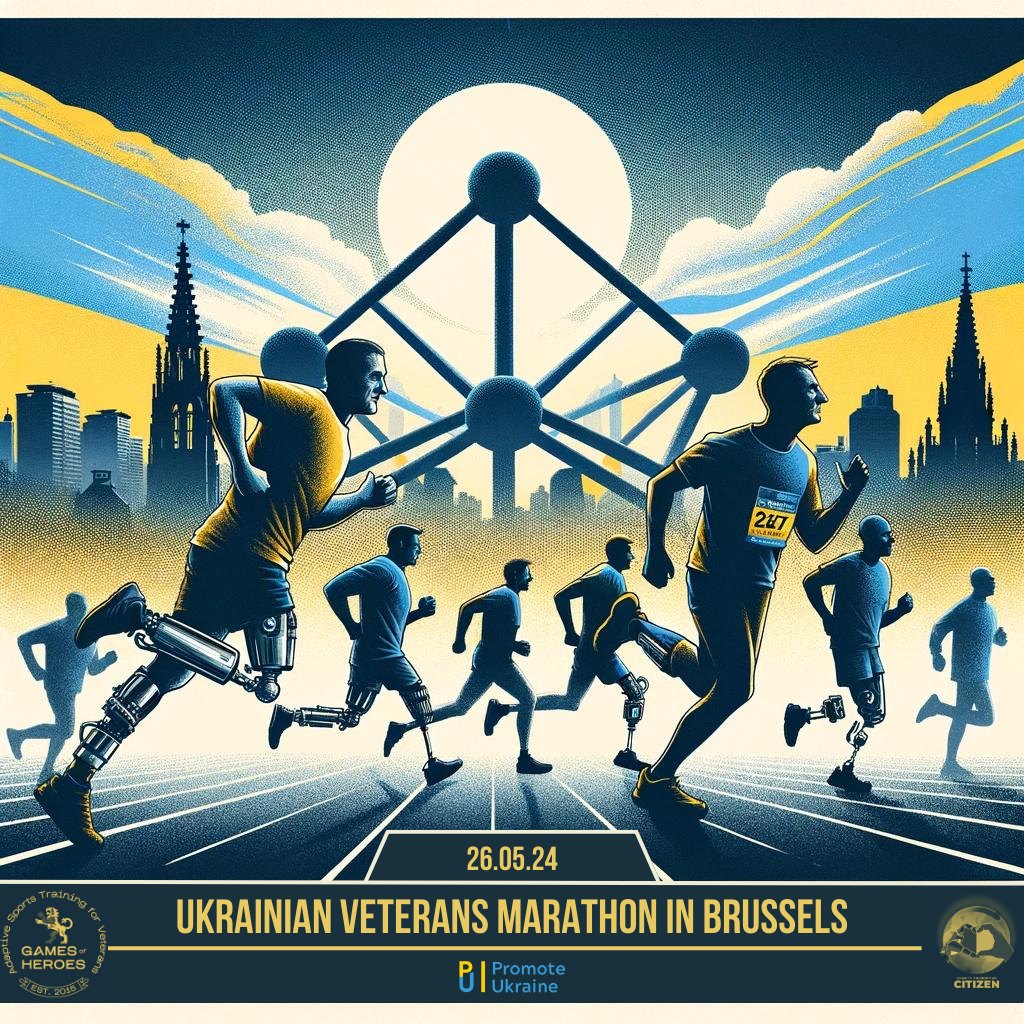More than 200 scientists from all over the world have articulated against the “official” view of the infection spread.
The WHO, like the US Centers for Disease Control and Prevention, says there are two types of transmission to worry about: inhaling the patient’s nearby respiratory tract emissions and, less commonly, touching contaminated surfaces and then touching the face with dirty hands.
However, there is growing evidence of a “third way” of infection – through aerosols, microscopic versions of respiratory particles. They are smaller, hang in the air for a long time and are carried at a distance of more than two meters. This distance reaches tens of meters sometimes. It makes poorly ventilated areas and public transport risk areas, even in the case of “safe” distance keeping.
In general, 239 researchers from 32 countries signed the letter which accuses the WHO of neglecting this transmission method.
The aerosol transfer seems to be the only way to explain some cases of infection “super carry,” such as in a restaurant in China where the windows were closed while the air conditioner was turned on. Or at a church choir in Washington state where almost everyone became infected during rehearsals.
Instead, the WHO asserted that aerosol transfer occurred only during medical procedures, e.g. intubation.
Natalia Tolub






 UA
UA FR
FR DE
DE




